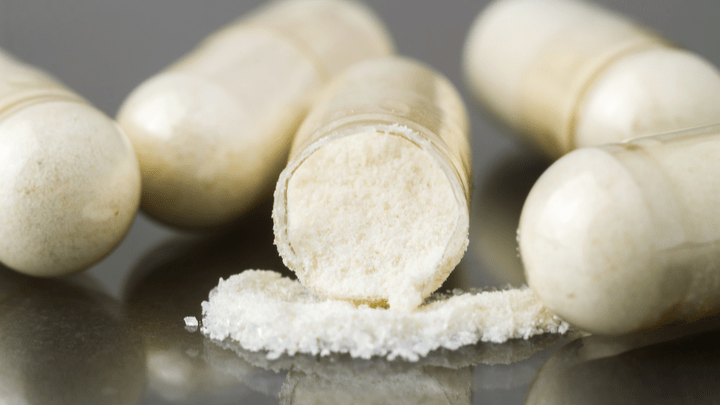Continuous crystallisation workflow enables high precision manufacturing of pharmaceuticals

A WORKFLOW has been developed that allows for high precision manufacturing of active pharmaceutical ingredients via continuous crystallisation.
Crystallisation is a key step in producing medicines, as the molecules of the active pharmaceutical ingredient (API) become stabilised within a crystal lattice. This stability needs to be maintained throughout the rest of the drug production process and until it is administered to the patient, where it dissolves and allows the molecular form of the drug to be absorbed. Crystallisation is a complicated process that involves a range of phenomena, and it is still not fully understood despite its widespread use in the production of chemicals and pharmaceuticals.
Continuous manufacturing is becoming more common in the pharma industry to produce medications consistently rather than have potential variations across batches. However, continuous crystallisation is extremely challenging. Variations in the crystals, such as size, shape, or distribution, can influence the drug performance either in subsequent steps in the process or directly in the patient.
A team of researchers has developed a workflow to address the challenges of seeded continuous crystallisation, one of the most commonly-used crystallisation processes in industry.
“The goal of our method is to enable the rational basis for design of seeded cooling crystallisation processes that can support the rapid development of robust continuous processes, minimising the risk of unforeseen failures,” said lead researcher Alastair Florence, professor of pharmaceutical science at the University of Strathclyde. “This is achieved through a combination of targeted experiments, modelling, automation, and process analytical technologies to provide the key data to support decision making during process development.”
While continuous crystallisation has previously been demonstrated on a number of compounds, a scaled-up process with time and material constraints is more difficult. More complex drug structures are also more difficult to crystallise. The new workflow moves away from the trial-and-error approach towards right-first-time. This is done by pre-empting common failures by exploring a wide range of process parameters through modelling and machine learning, and then ruling out the conditions that will cause these failures early in the process. “For example, by identifying solvents that promote agglomeration of suspensions of crystals of the target solute, these can be ruled out and other solvents that do not agglomerate though still deliver similar yield, kinetics, and/or purity can be used,” explained Florence.
This workflow reduces both the time and materials required for seeded continuous crystallisation, and future work will involve developing workflows for the other types of crystallisation process as well as workflows for other steps in the production of pharmaceuticals.
Molecular Systems Design & Engineering, http://doi.org/cphz
Recent Editions
Catch up on the latest news, views and jobs from The Chemical Engineer. Below are the four latest issues. View a wider selection of the archive from within the Magazine section of this site.




